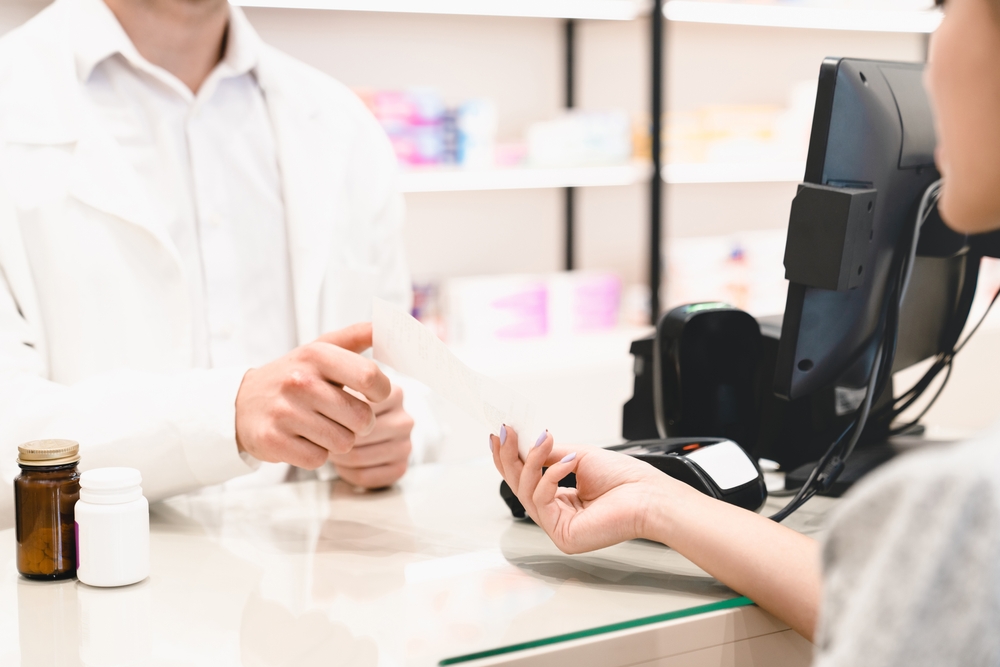
Medication for Anxiety and Depression
Anxiety and Depression Explained
Anxiety and depression are often grouped together in discussions of mental illness. The problems frequently do co-occur: both are associated with feeling powerless, and both manifest symptoms like sleeplessness, mood swings, difficulty concentrating, and obsessive thoughts. If anxiety or depression (or both) are diagnosed as symptoms of mental disorder, medication is often prescribed. While useful for improving symptoms, these medications can also generate dangerous dependence.
Anxiolytics: Major Classes and Addiction Risks
Anxiolytics, or anti-anxiety medications, are used primarily in short-term prescriptions because they carry risk of addiction.
Benzodiazepines, the most frequently prescribed anxiolytics, work by regulating neurotransmitters to reduce excitability. They are highly habit-forming—especially if taken for more than two months—and generate addiction symptoms similar to those of alcoholism. Withdrawal can be life-threatening.
Barbiturates are sedative-hypnotic drugs that reduce anxiety by relaxing body functions. The most common anxiolytic medications during the third quarter of the twentieth century, they carry high overdose risk if taken outside of carefully measured prescriptions, and have been largely replaced by benzodiazepines. As with benzodiazepines, addiction withdrawal symptoms (agitation, fever, hallucinations, seizures) can be severe.
Antidepressants: Major Classes and Addiction Risks
Antidepressants are less likely than anxiolytics to lead to addiction, but still carry potential risks. Most withdrawal problems are associated with psychological dependence or non-addicted physical dependence. (Physical dependence is not officially diagnosed as addiction unless there are also psychological cravings and disruptions to everyday life.)
Antidepressants work by regulating the brain’s neurons to increase availability of neurotransmitter chemicals such as serotonin (responsible for mood stability), dopamine (responsible for generating feelings of pleasure), and norepinephrine (responsible for alertness and energy).
Selective serotonin reuptake inhibitors (SSRIs) are currently the most prescribed antidepressants and have the fewest side effects. They work by increasing the brain’s access to serotonin. (“Reuptake inhibitor” means that the medication keeps serotonin from being reabsorbed faster than it can be used.) Around half of SSRI users who quit cold have reported experiencing symptoms such as nausea, dizziness, mood swings, or nightmares.
Norepinephrine and dopamine reuptake inhibitors (NDRIs) increase the brain’s access to norepinephrine and dopamine. NDRIs should not be taken with MAOIs (described below) or antipsychotic drugs, and have been implicated in life-threatening overdoses. Potential withdrawal symptoms include headaches, nausea, and fatigue.
Monoamine oxidase inhibitors (MAOIs) were the first antidepressants developed for medical use. They increase the brain’s available supplies of serotonin, norepinephrine, and dopamine. MAOIs are less frequently prescribed today because they carry high risk of side effects. Quitting cold may mean agitation or low-level flu-like symptoms.
Tricyclic antidepressants increase levels of norepinephrine and serotonin, while also blocking the effects of acetylcholine (the neurotransmitter responsible for regulating the body’s low-energy functions), to restore emotional balance in the brain.
Getting off Antidepressant and Anxiolytic Medication
Most antidepressant use is simple to discontinue by tapering off through increasingly smaller doses; however, always consult your doctor before attempting to discontinue any prescription without a set end date. If antidepressant withdrawal symptoms become serious enough to interfere with everyday functioning, get medical advice immediately. If you have tried to stop using an antidepressant before and failed, consider seeking help from an addiction-specialists clinic.
Anxiolytics are a different matter: their addiction withdrawal effects are severe and can be life-threatening. Quitting should never be attempted without ongoing medical supervision, especially during the first few days. Go to a licensed clinic that specializes in substance use disorders—one with a carefully managed tapering-off program—during the initial physical-detox period.
If you take medication for both anxiety and depression and want to stop, medical advice is even more vital because multiple prescriptions mean drug interactions that complicate matters further.
Post-Detox Management of Anxiety and Depression
Many people resist going off anxiolytics or antidepressants because they fear a return of the old symptoms. While such concerns are legitimate, it’s important to understand that medication is a tool to assist recovery, not the key to success or failure. Long-term recovery requires therapy, stress management, new thinking habits, and good physical health habits. Maintaining such non-drug approaches from the beginning will reduce anyone’s need to depend on medication for anxiety or depression.
Contact Recovery Without Walls for Treatment of Prescription Medication Addiction
At Recovery Without Walls, we want to help you find relief from unhealthy dependence on medication—as safely and painlessly as possible, without return of the original problem or unnecessary disruption of your everyday responsibilities. Our holistic approach will help you not only taper off problem medications, but discover new and better ways to live successfully in the everyday. Contact us for additional information.




